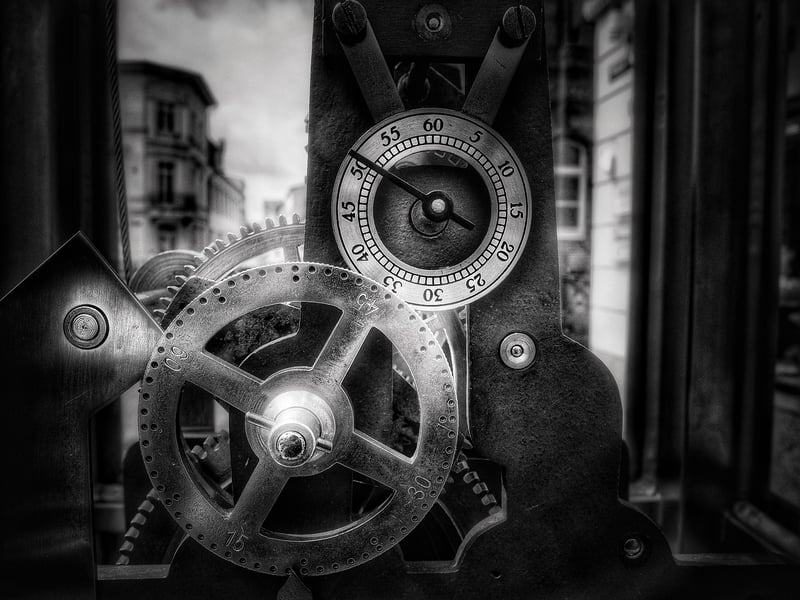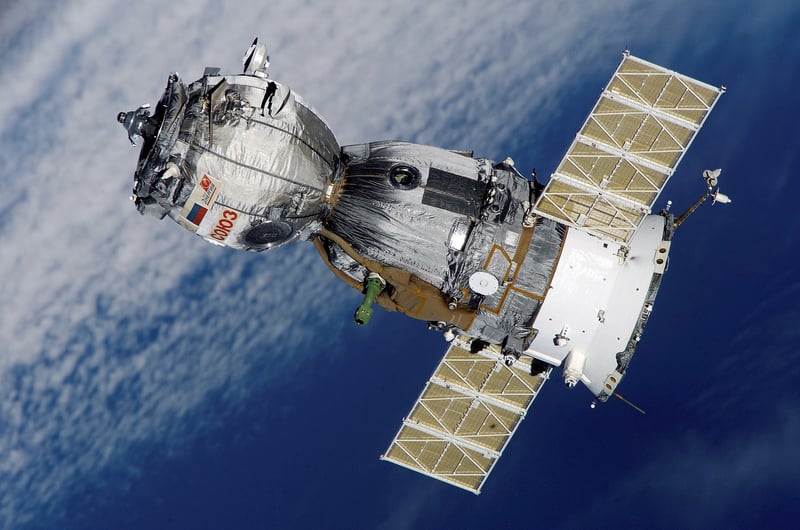Causal Anomalies
The Dilemmas of Time Travel and Causal Anomalies
Time travel has been a fascinating concept in science fiction for decades, but the idea of traveling through time raises various dilemmas and challenges, especially when it comes to causal anomalies. Let's delve into the complexities of time travel and how it can lead to causal anomalies that disrupt the fabric of reality.
1. The Grandfather Paradox
One of the most famous dilemmas of time travel is the Grandfather Paradox. It posits a scenario where a time traveler goes back in time and prevents their grandfather from meeting their grandmother, thus preventing their own birth. This paradox raises questions about causality and the potential for creating a loop in time.

2. Causal Loops
Causal loops, also known as bootstrap paradoxes, occur when an event is its own cause. In such scenarios, an object or information can exist without ever being created, leading to logical inconsistencies. Time travelers might find themselves trapped in an endless loop of cause and effect.

3. Butterfly Effect
The butterfly effect refers to the idea that small changes in the past can have significant and unforeseen consequences in the future. Time travelers altering even minor details in the past could result in massive changes to the timeline, leading to unpredictable outcomes.

4. Fixed Points in Time
Some theories of time travel suggest the existence of fixed points in time that cannot be altered. Attempting to change these crucial events could result in resistance from the timeline itself, causing events to realign to ensure they occur as intended.

In conclusion, time travel presents a myriad of dilemmas and causal anomalies that challenge our understanding of cause and effect. While the concept is thrilling to explore in fiction, the practical implications of altering the past remain a subject of endless speculation and debate.
